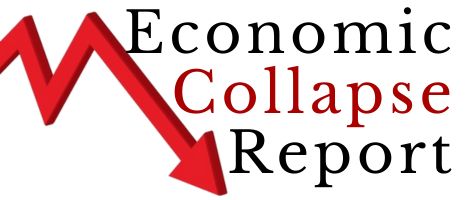Did the Federal Reserve cut interest rates too early? All the leading indicators – whether the headline inflation data or the fine points in monthly reports – suggest the Eccles Building kicked off the easing cycle too prematurely. Of course, the Fed will do what it does best: shift the goalposts and use other inflation metrics to support the case for loosening monetary policy conditions.
Federal Reserve Digests the Data
The December Summary of Economic Projections, a quarterly survey of Federal Reserve officials and their views on the economy and policy, revealed a hawkish stance at the US central bank. While they have cut interest rates a full percent since September, policymakers will mostly sit on their hands this year. In 2025, the Fed is expected to pull the trigger on two quarter-point interest rate cuts, down from the initial estimate of two 25-basis-point reductions to the benchmark federal funds rate. Investors anticipate a rate pause at the January Federal Open Market Committee meeting.
Fed Chair Jerome Powell confirmed that the shift in tone was fueled primarily by inflation risks. A summary of the policy meetings indicated that participants are concerned about current inflation threats and the incoming administration’s proposed changes to immigration and trade. President-elect Donald Trump has proposed universal tariffs on all US imports, hefty levies on Chinese goods entering the country, and mass deportations.
Though Trump has outlined a blueprint, his public policy pursuits are not set in stone. Therefore, everything is speculative, making it difficult to craft forecasts or design monetary policy. For now, market observers can only comb through the data and find inflation is making a comeback.
As Liberty Nation News has reported, all the key inflation reports – the consumer price index, the producer price index, and the Federal Reserve’s preferred personal consumption expenditure price index – have risen since the Fed launched its rate-cutting cycle. The next set of readings is also expected to inch higher, according to the Cleveland Fed’s Inflation Nowcasting model. […]
— Read More: www.libertynation.com


